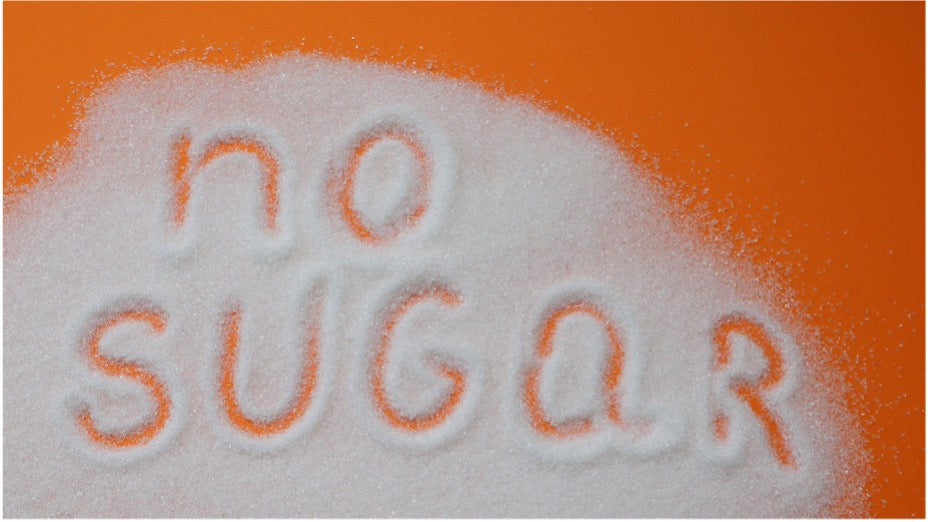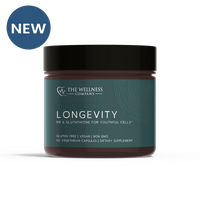Natural Alternatives to Sugar

Until recently the powerful sugar industry under the umbrella of the Sugar Research Foundation was able to downplay and suppress evidence linking coronary heart disease (CHD) to sugar by highlighting fats in the development of CHD. The Framingham Heart Study, a study spanning 3 generations that started in 1948, found that sugar sweetened beverages significantly increased liver fat triglycerides, and LDL (bad) cholesterol levels. Since then, there has been growing evidence linking sugar to obesity, dental caries and diabetes. (1)
What is table sugar made of?
Table sugar is made of either cane sugar or sugar beets processed into sugar.
Reasons to avoid table sugar
Bone char is still used in a few refineries to refine cane sugar. If you follow a vegan diet, you cannot be guaranteed that your table sugar was made without bone char. It is not used in making white beet sugar or raw cane sugar.
Beet sugar is mostly made with genetically modified beets. If you are trying to avoid genetically modified foods, you may want to avoid beet sugar.
While it is true that sugar occurs naturally in fruits and vegetables, grains and dairy, these foods are digested more slowly and provide your body with a steady supply of energy. When you consume too much refined sugar, which is basically empty calories, it has a negative effect on health. Diabetes, cardiovascular disease and fatty liver disease are just a few of the adverse health effects of white sugar consumption. Adult men consume 19 tsp of added sugars (288 calories) and adult women consume 15 tsp added sugars, according to the CDC. Dietary Guidelines for Americans recommend no added sugars for children younger than 2, and over 2 should limit added sugars to 10% of total daily calories. This includes sugars found in fruits, grains, dairy and vegetables. (2)
5 Naturally Sweet Alternatives to Table Sugar
There are some natural sweeteners that aren’t just empty calories. In fact, many carry a nutritional powerhouse of vitamins, minerals and antioxidants.

1) Molasses, specifically blackstrap molasses (3)
Molasses is produced during the refining process of sugarcane or sugar beets into sugar. The process involves extracting the sugary juice from the plants, purifying, and heating it to form a brown, concentrated syrup called molasses. The crystallized sugar is separated from the molasses using a centrifuge. The remaining molasses can be further processed into different grades, such as light, dark, and blackstrap molasses.
Blackstrap molasses is the most nutritious of the different types of molasses. It is about ¾ as sweet as table sugar,
Each tablespoon contains
- 60 calories
- 20% of the RDA of iron
- Rich source of calcium, magnesium, B vitamins and other minerals
- Rich in antioxidants
- Improves digestion
- Lower glycemic index than table sugar
Other uses
Lower grades of molasses are used in animal feed and production of vinegar, citric acid and other products.

2) Honey, specifically raw honey (4)
Not for use with infants younger than 1 year. It contains spores that can cause botulism in infants.
Raw honey is about 1.2 to 1.5 times sweeter than table sugar
Nutritional content varies on origin
Each tablespoon contains
- 64 calories
- Trace amounts B vitamins, calcium, iron, magnesium and potassium
- Rich in antioxidants, enzymes and amino acids
- Has antimicrobial properties that may aid in healing of wounds
- Lower glycemic index than table sugar
Other uses
- Powerful cough suppressant- research points to as powerful cough suppressant as dextromethorphan. (5)
- Medical grade honey used in wound healing
- Potential allergy relief when using local honey

3) Stevia (6)
Stevia is a natural, zero-calorie sweetener extracted from the leaves of Stevia rebaudiana, a plant native to South America. It contains sweet compounds called steviol glycosides. Some people are put off by its bitter aftertaste. There have been some health concerns surrounding stevia, such as disruption of the gut microbiome and possible cancer risks (still controversial). There is evidence that sugar lobbying efforts may have had a role to play in these claims, fearing stevia’s impact on market share of sweeteners.
It is between 200 and 400 times sweeter than table sugar.
Nutrition content
- Zero calories
- No carbohydrates
Other uses
- Heat stable, so can be used in baked and cooked foods
- Wildly popular as a sweetener for coffee, beverages, and sugar free snacks

4) Monk fruit (7)
Monk fruit is a small, round fruit native to southern China. It has been used for centuries in traditional Chinese medicine. The sweetener derived from monk fruit is made by removing the seeds and skin of the fruit, crushing it to extract the juice, and then drying the juice into a concentrated powder
Monk fruit sweetener is sweeter than table sugar, ranging from 100 to 250 times sweeter.
Nutrition content
- Zero calories
- antioxidant
Other uses
- Mogroside V is the main component of monk fruit sweetener. Research suggests mogroside V may inhibit cancer growth.
For a nutrient dense, natural alternative to sweeteners, try


5) Origin Series Bee Pollen- a naturally sweet and nutritious alternative
Check out our all-natural Origin Series Beel Pollen for a nutritious, sweet alternative to artificial sweeteners. The slightly floral, sweet and nutty taste is packed full of nutrition and enzymes, not like other sweeteners that don’t have any nutritive value. Immune boosting and loaded with antioxidants, bee pollen is also known for its strong antimicrobial properties.
A single dose of our pure natural Bee Pollen can contain over 2.5 billion nutrient-packed flower pollen grains from real American bees. The result: a complex nutrient profile with over 250 active substances collected straight from the flower.
Its nutty sweet floral flavor is a welcome addition to smoothies, cereal, yogurt, or even salads.
References
- Gillespie KM, Kemps E, White MJ, Bartlett SE. The Impact of Free Sugar on Human Health-A Narrative Review. Nutrients. 2023 Feb 10;15(4):889. doi: 10.3390/nu15040889. PMID: 36839247; PMCID: PMC9966020.
- Harvard Health Publishing. (n.d.). The sweet danger of sugar. Harvard Health. Retrieved August 5, 2024, from https://www.health.harvard.edu/heart-health/the-sweet-danger-of-sugar
- The Coconut Mama. (n.d.). Molasses vs Sugar: Which is Better? Retrieved from https://thecoconutmama.com/molasses-vs-sugar/
- (n.d.). Which Is Better, Honey or Sugar? Retrieved August 5, 2024, from https://www.healthline.com/health/food-nutrition/honey-vs-sugar
- Goldman, R. D., Rogovik, A. L., Lai, D., & Vohra, S. (2014). Honey for treatment of cough in children. Canadian Family Physician, 60(12), 1107-1110
- Wikipedia contributors. (2024). Stevia. In Wikipedia. Retrieved August 5, 2024, from https://en.wikipedia.org/wiki/Stevia
7. Healthline. (2023, February 8). Monk Fruit Sweetener: Good or Bad? Retrieved August 5, 2024, from https://www.healthline.com/nutrition/monk-fruit-sweet
Written by Brooke Lounsbury














